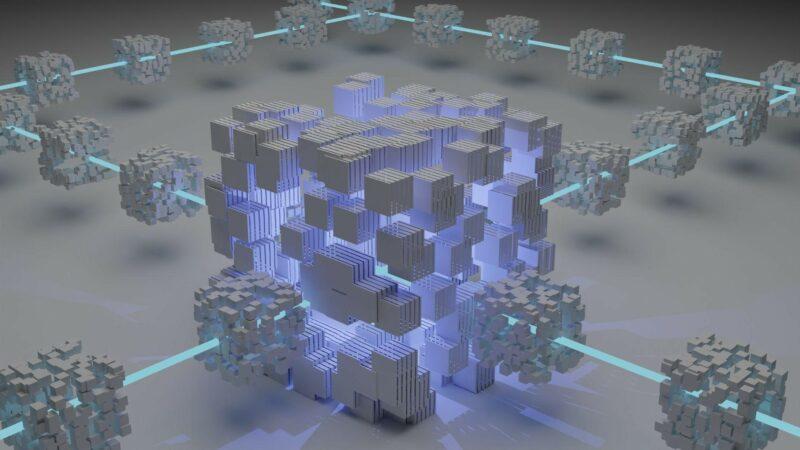Unveiling Blockchain Through Exploration
Table of contents
Data Transparency On The Blockchain
In a traditional market environment, if you were to invest in a company, you’d have to wait until they publish quarterly reports to see how it’s performing. Additionally, you’d also have to trust the report writers and the methods they use or acknowledge that some data might be left out, intentionally or by mistake.
Keeping data on-chain helps us move away from centralized traditional models and lets individuals investigate for themselves how the project is performing. There are two ways to do so: consult a blockchain explorer or directly query data from the nodes.
Block Explorer Use Cases
Our ultimate tool for evaluating this and other related on-chain data is a block explorer otherwise known as blockchain explorer. This is a website or application that aggregates real-time and archived information for one chosen network so that anyone having an internet connection can access it.
Where to find key statistics on any chain? How to make sure your transaction was successfully implemented? Where to access the whole history of transactions ever made on a specific chain?
Block explorers provide all kinds of useful information about their network.:
Inside The Blockchain Explorer
To better understand the concept, let’s overview two main components making up this tool:
[caption id="attachment_252528" align="aligncenter" width="624"] source: https://www.softwaretestinghelp.com/blockchain-explorer-tutorial/[/caption]
source: https://www.softwaretestinghelp.com/blockchain-explorer-tutorial/[/caption]
Connection to nodes
Many decentralized applications rely on distributed ledgers as their backend. Explorers are no exception: they need direct access to nodes to be able to fetch the latest data and information on past events.
For instance, Etherescan, arguably the most famous tool for inspecting the ETH chain, pulls up information straight from full Ethereum nodes.
A node in the blockchain is a PC or any other mighty device with a special client installed that connects this machine to the network of other computers running the same software. What each node does is it proves the correctness of transactions, registers the history of every operation, and ultimately guarantees the blockchain’s sustainability.
Online user interface
With the help of APIs and SQL database, explorer software decodes the information from the on-chain database to structure in a legible format so that instead of strings of code the end user sees tables and graphs. The majority have similar layouts but the types of data may vary depending on the specifics of each chain.
Direct Access To Blockchain
Another efficient way of reaching every vital piece of information concerning various chains is having an immediate connection to nodes and sending direct calls via various APIs provided for example within Web3.js libraries.

It makes sense to install a node on your computer for this purpose, however, it requires non-trivial disc spaces for storing the entirety of the network database. For Ethereum nodes, it will have to be at least 1 TB of storage in addition to highly-productive hardware.
How Getblock Helps
Another variant is to choose a node service provider to do the same job. GetBlock, one of the trusted RPC endpoint providers, helps to get access to the Ethereum node in a flash without the hassle of downloading the data from the mainnet and stressing about keeping your node in sync.
The platform hosts nodes for over 50 networks and opens access to these nodes both for crypto users and Web3 developers who need to inject blockchain functionality within their applications.
With GetBlock, you can choose between free and paid packages and be sure to get the highest quality connections and speed regardless of which plan you stick to.
Wrapping Up
Blockchain explorer is a powerful tool for verifying every aspect of the chosen protocol without dealing with the technical aspects of reading it directly. Nevertheless, if there’s a need to get immediate access to all kinds of nodes, there are services that provide that too.

